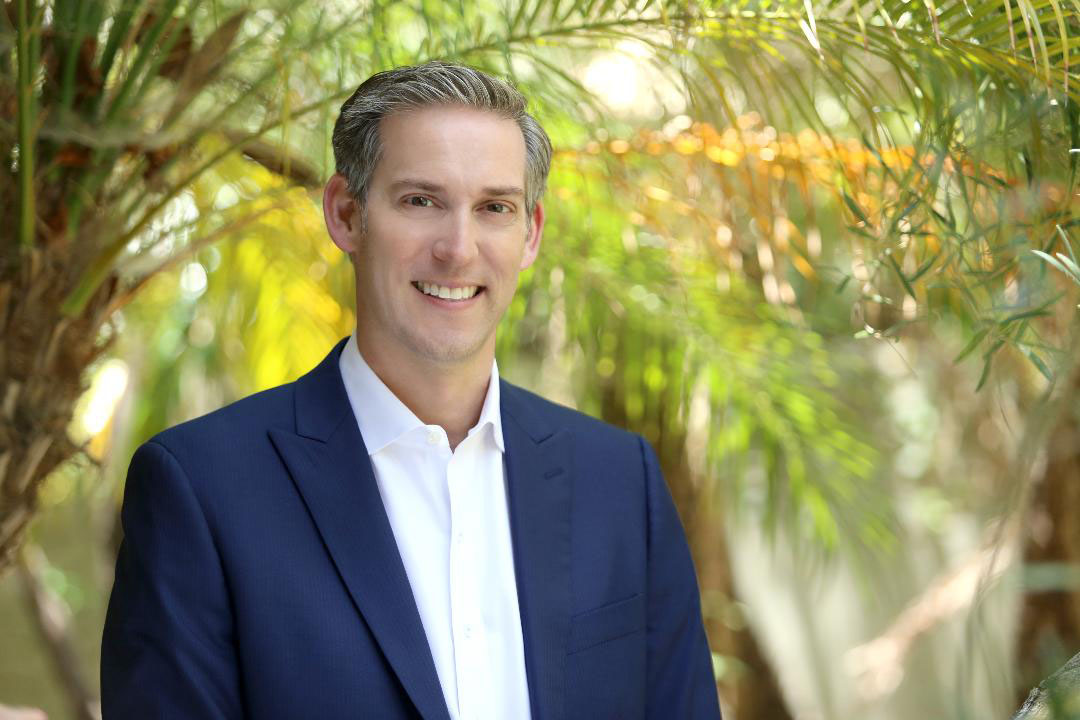 Outgoing CalArts President Steven Lavine. Photo courtesy of Rafael Hernandez
Outgoing CalArts President Steven Lavine. Photo courtesy of Rafael Hernandez When Steven Lavine was offered the job as president of the California Institute of the Arts in 1988, he wasn’t sure he could rescue the school from mounting debt.
He was an associate director at The Rockefeller Foundation at the time and showed CalArts’ financial statements to the foundation’s treasurer, “who said I shouldn’t go near that place, that the deficit was structural and it was going to go out of business, and why would you choose voluntarily to go on-board a sinking ship,” Lavine recalled in a phone interview from his Encino home. Despite the advice, Lavine said he looked at CalArts’ long list of successful alumni and decided the school was too good to fail.
As the third president of CalArts, he leaned on trustees, students and faculty in a campaign he half-jokingly referred to as “shared suffering.” The school admitted more students, increased tuition and launched an endowment campaign.
“We kept the faculty-student ratio the same … we never skimped on the faculty and teaching side,” he said.
During his 29-year tenure, the Valencia-based school recovered from financial turmoil, weathered the Northridge earthquake, opened the Roy and Edna Disney/CalArts Theater (REDCAT) in 2003 inside the Walt Disney Concert Hall complex in downtown Los Angeles, tripled its annual fundraising and increased its endowment by nearly fivefold to $152 million. The internationally renowned private school is ranked among the 10 best fine arts programs in the United States by U.S. News & World Report.
And now, Lavine is moving on.
He has handed the mantle of president to Ravi Rajan, dean of the school of the arts at Purchase College in New York. He’s leaving his college-owned Encino home for a Little Tokyo apartment, where he and his wife, artist and writer Janet Sternburg, can walk to downtown restaurants and galleries, REDCAT and the Los Angeles Central Library.
CalArts was founded in 1961 through a merger of the Chouinard Art Institute and the Los Angeles Conservatory of Music, and opened is Valencia campus in 1970. Animation pioneer Walt Disney and his brother Roy conceived of the school as a multidisciplinary “community of the arts” that encouraged collaboration between branches of the arts and served as a feeder school for the entertainment industry.
Lavine recalled a career at CalArts centered around constantly expanding his ideas about art.
“I was pushed, pretty much every day, to hear sounds in a new way, to see things in a new way, to accept visual arts practices that I’d never seen before, and that’s been part of the fun of the job,” he said.
That education wasn’t limited to the classroom. When the Northridge earthquake struck in 1994 during the first week of the school’s spring semester, the campus became unusable, and Lavine had to learn quickly about construction and lobbying for federal emergency funds. The quake hit just weeks after the school finally had reached financial stability, and suddenly it was plunged back into an existential dilemma.
“We really were asking this question: ‘Could we go on?’ We had no facilities to teach in, we had no idea what the total extent of the damage was going to be, and basically, we just decided that there was no choice, that we had to keep going,” he said. “And then we just made it up as we went along.”
Some faculty members advocated letting the school close, citing other influential yet shuttered art schools such as the Bauhaus in Germany, and Black Mountain College in North Carolina. Lavine addressed the campus the day after the 6.7-magnitude earthquake with a speech meant to rally faculty and student spirits — and convince people the school could survive.
“I do remember saying that if people stayed, this would turn out to be the most important semester in their careers, because they were going to learn that an artist can make their work no matter what,” he said.

For the first week after the quake, art students worked in a tent city. But they needed a place to learn while crews worked through the night to rebuild the campus. Lavine called Michael Eisner, a CalArts trustee and then head of the Walt Disney Co. Eisner arranged for Lavine to talk to Lockheed Martin, which had operated a then-abandoned laboratory testing site and hangar in nearby Rye Canyon that had been used to test the B-1 bomber’s wing.
At first, Lockheed wanted to charge the school for use of the research center, but a call from then-California Controller Gray Davis helped convince the company otherwise. CalArts was granted 175,000 square feet of space for $1 for eight months.
Other nearby facilities became education centers as well. Theater students congregated at the Magic Moments Theater at Six Flags Magic Mountain amusement park. Others found room at the Santa Clarita YMCA and a health club at the nearby Vista Village strip mall. The dance school transported students to studios in Pasadena. Music students practiced at Congregation Beth Shalom in Santa Clarita.
Some students left; the Los Angeles Times estimated that the student body fell from 1,000 to no more than 850. The remaining students stayed either because they were close to graduation or because they felt a sense of camaraderie, although a petition was circulated by students calling for reduced tuition.
The school once again rebounded. Lavine increased the use of technology in the curriculum, with added course offerings such as computer programming, web design and digital sound production. He also worked to build bridges with arts and academic institutions in Mexico and South America, which he would like to see continue.
Lavine said he most recently worked to raise money for scholarships, increase the transparency of the school’s governing structure and boost diversity. He said the biggest challenge the school still faces is controlling rises in tuition, now estimated at $46,830 per year.
“We are an expensive model of education,” he said. “If the best students can’t afford to come, then it doesn’t matter how good your education is, if the students with the potential to really make a difference as artists can’t afford to be there.”
Lavine decided five years ago to leave CalArts, hoping to have one last career adventure before retirement. He had nothing lined up but had faith something interesting would emerge.
“There were moments I thought I’d jumped off the diving board without looking down to see if there was water in the pool,” he said.
Then, something interesting did emerge: Lavine will become head of the new Thomas Mann House, a cultural center based at the Pacific Palisades home of Mann, the German novelist and democracy activist, who died in 1955. The German government stepped up to save the house in late 2016, when it was listed for sale and threatened with demolition.
“I think, like so many people, I’m very concerned with what the [President Donald] Trump administration means for democracy, and I think the German government is concerned about the rise of a populist right-wing there, and in France, and all through Europe,” Lavine said.
When Mann lived in California, he began recording monthly anti-Nazi radio addresses that were broadcast by the BBC into Nazi Germany, prompting criticism from Hitler in his speeches.
Lavine, while not an observant Jew, said he identifies with the Frankfurt School intellectuals of German-Jewish descent, such as Walter Benjamin and Theodor Adorno.
“There’s a kind of standard of decency. There’s a reason the word mensch is a high compliment,” he said. “I think I’ve lived my whole life with a kind of ethical standard of Judaism as what guides me.”






















 More news and opinions than at a Shabbat dinner, right in your inbox.
More news and opinions than at a Shabbat dinner, right in your inbox.